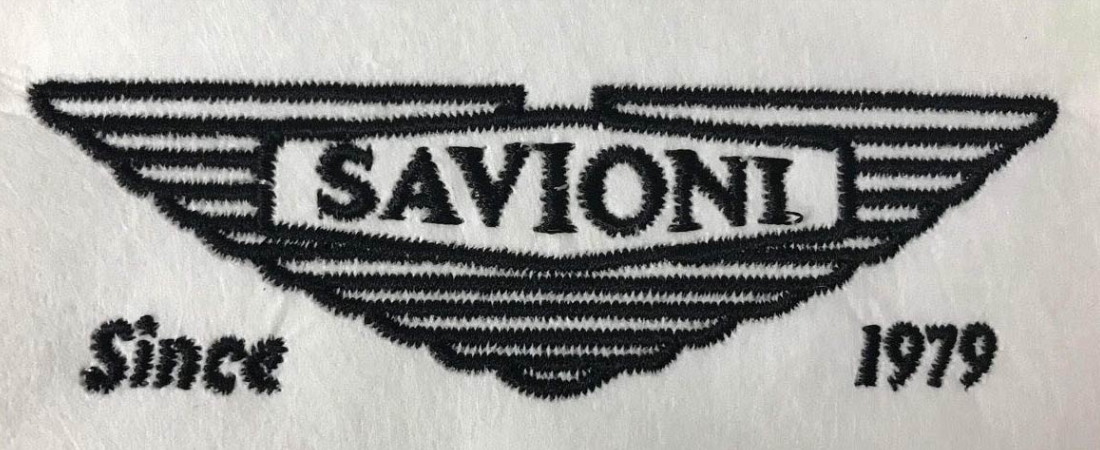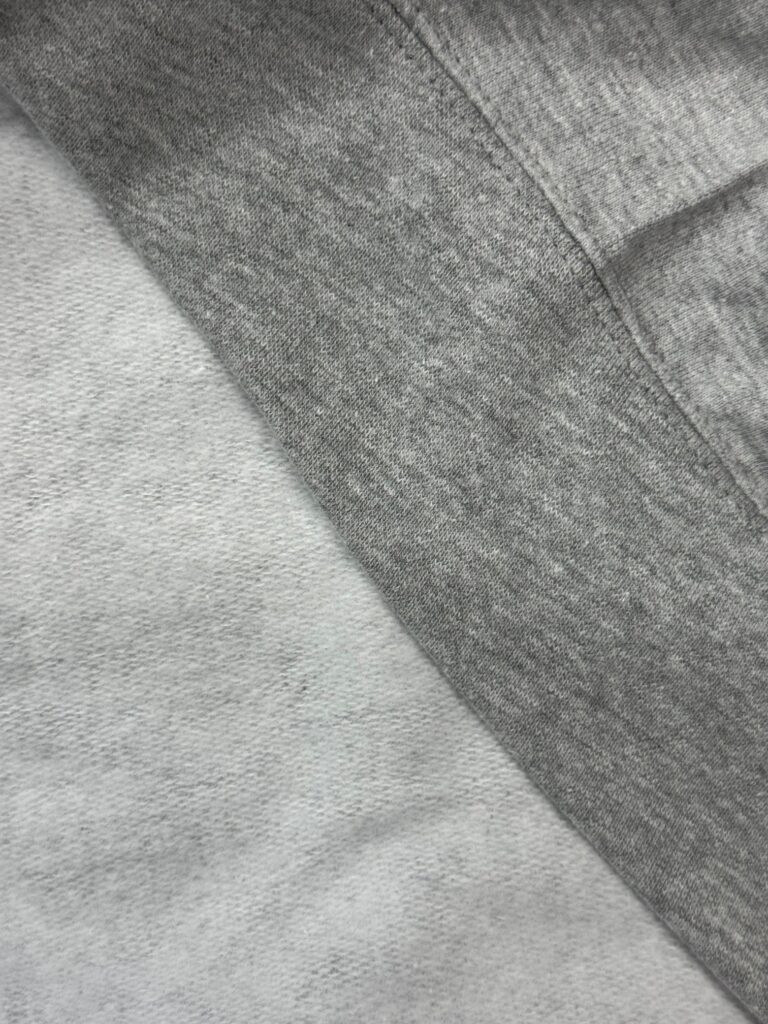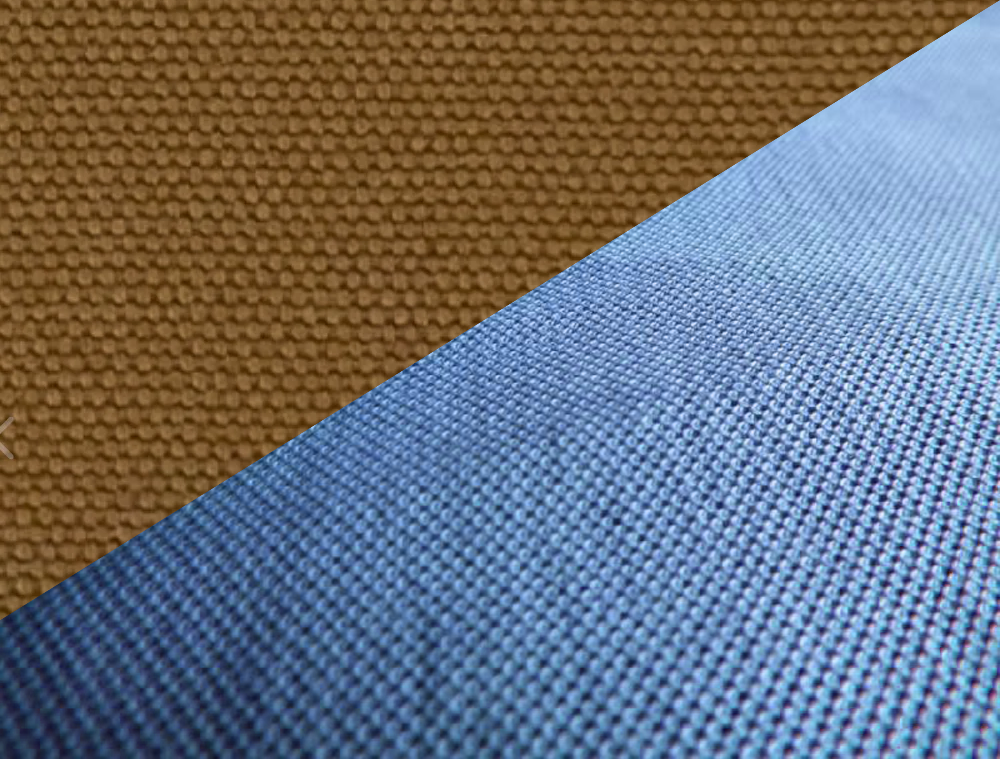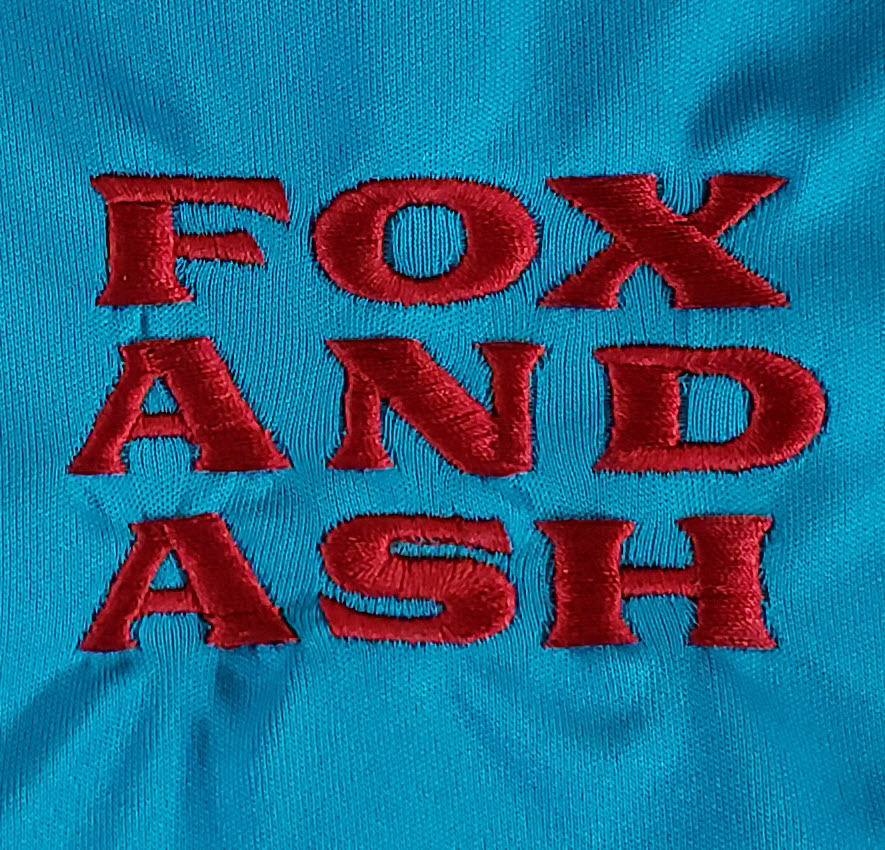Preparing for the Job: Get Cleaner Embroidery Sew Outs Every Time

Have you ever noticed that your embroidery sew outs on backing material look rough, fuzzy or feathered? This happens because embroidery backing doesn’t have a weave or grain to hold stitches in place. Without this structure, needlepoints shift into nearby holes and bunch up, leaving even the best underlay looking uneven and messy.
That’s why choosing the right fabric for your sew outs is essential. Every fabric has unique properties that can make or break how your embroidery turns out.
Not All Fabrics Are Stitch Friendly: What to Look For
Below are four fabric qualities you must consider for embroidery tests, and tips on getting it right — Sink, Texture, Weave and Stretch.
1. Sink
Sink describes how much a fabric “absorbs” your stitches, changing the look of your design.
- Fuzzy fleece has a deep pile that can swallow parts of your design.
- Sweatshirts are a heavy knit with moderate sink. If you don’t have fleece handy for a test, the inside of a sweatshirt can give you a rough approximation.
✅ Tip: Always test on the actual fabric if possible to see true results.

2. Texture
Fabric texture impacts stitch placement and design clarity.
- Pique (polo shirts): Heavy, knotted texture that can make embroidery appear lumpy. While tees stretch similarly, they’re smoother than pique.
- Canvas (e.g., Carhartt® or Dickies®): A coarse, heavy texture can cause stair-stepping in designs. Even though twill and canvas look similar, twill will usually produce a much cleaner sew out.
✅ Pro Tip: Always do a sew out on the exact fabric your client is ordering. If that’s not possible, send them a physical sample on the real garment (especially for textured materials). Water-soluble topping can also help improve embroidery on pique.

3. Weave
Weave affects structure, sink, and stability.
- Woven fabrics (like twill and denim) have more structure and less sink. Twill and denim are so similar that they work well as test substitutes for each other.
- Nylon: Thin with no sink, so stitches sit on top cleanly.
- Knit fabrics (t-shirts, performance wear) stretch more and have less structure. Note that performance pique is different from cotton pique – it’s tighter and less lumpy, giving a cleaner result.
✅ Note: Always clarify which pique you’re working with to predict embroidery results accurately.

4. Stretch
Stretchy fabrics change embroidery in subtle ways.
- T-shirts: Stretch naturally, making designs vulnerable to distortion.
- Performance wear: Slicker finish creates tighter, cleaner designs but can pucker more because of stretch.
✅ Best Practice: Use extra stabilizer (tear-away for light fabrics, cut-away for heavy) and avoid large, dense designs that can cause excessive puckering.

Conclusion
For professional-quality embroidery sew outs, don’t rely on backing alone, since it lacks the structure to show how your design will really look. Always test on the correct fabric whenever possible. By accounting for sink, texture, weave, and stretch, you’ll avoid surprises and ensure your final product looks exactly the way you and your clients expect.
Reach out to the Ignition Team today and let us help you get the best results.

0 comments on article "Preparing for the Job: Get Cleaner Embroidery Sew Outs Every Time"